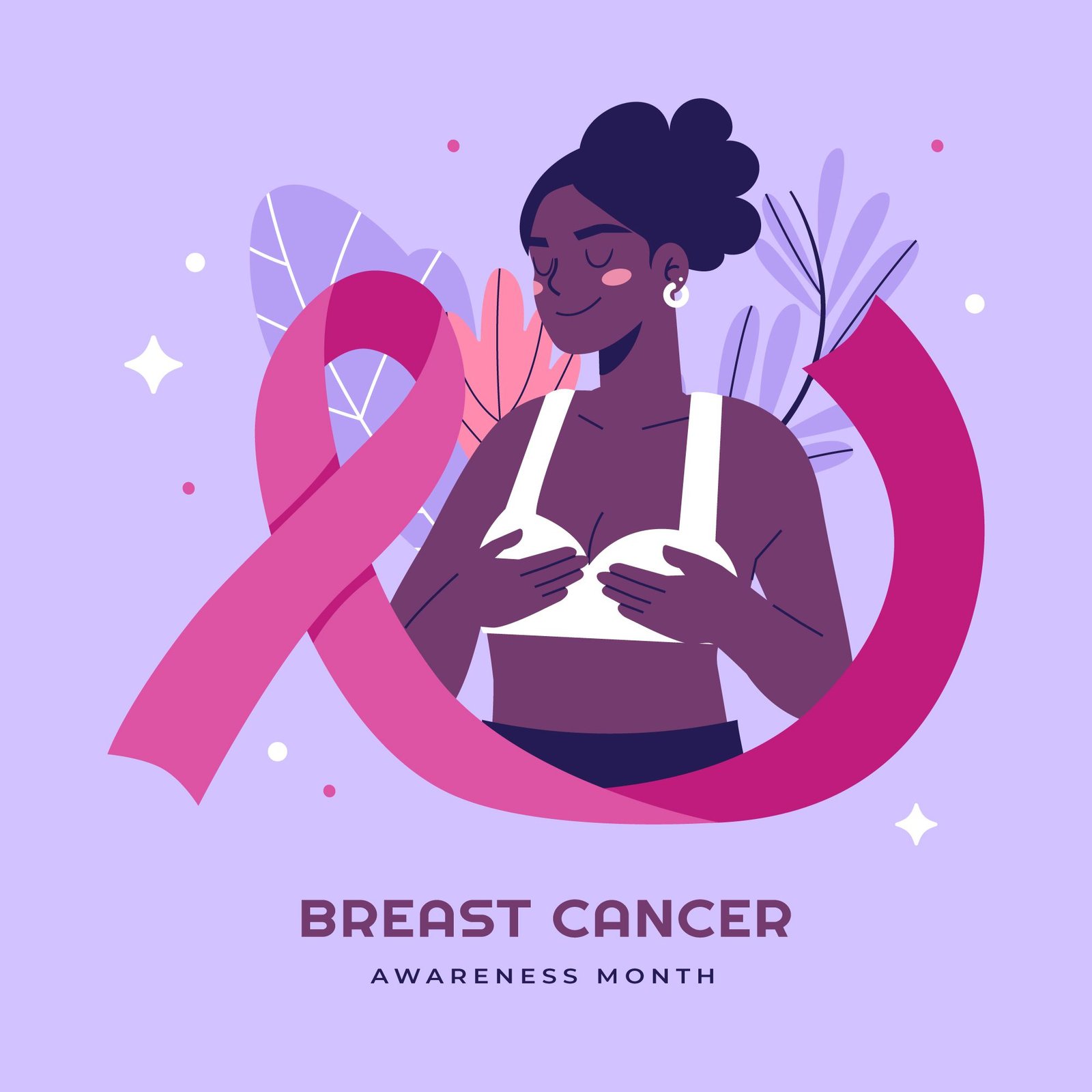Lupus: What It Is and How It Affects People
When I first heard of lupus, I didn’t know much—just that it was some kind of immune disease and mostly affected women. The more I learned, the more I realized

When I first heard of lupus, I didn’t know much—just that it was some kind of immune disease and mostly affected women. The more I learned, the more I realized how misunderstood this chronic condition is. Lupus isn’t just about fatigue or joint pain. For many, it’s a daily fight against a body that mistakenly turns on itself.
In this article, we’ll break down what lupus is, how it works, who it impacts the most, and what life looks like for those living with this complex disease.
What Is Lupus?

Lupus is a chronic autoimmune disease where the body’s immune system attacks healthy tissue, mistaking it for a threat. This leads to inflammation and damage in various parts of the body, including the skin, joints, kidneys, heart, lungs, and brain.
There are several types of lupus, but the most common—accounting for about 70% of cases—is Systemic Lupus Erythematosus (SLE), which can affect multiple organs.
“Lupus is often called ‘the great imitator’ because it mimics other conditions and can affect almost any organ system,” says Dr. Felicia Greene, a rheumatologist at Johns Hopkins Medicine.
Who Gets Lupus?
Lupus can affect anyone, but it’s far more common in women—especially those aged 15 to 45. In fact, 90% of people with lupus are women.
It also disproportionately affects certain racial and ethnic groups:
- African American women are 3–4 times more likely to develop lupus than white women.
- Hispanic, Asian, and Native American populations are also at increased risk.
- Genetics, environmental triggers, and hormones all play a role.
What Are the Symptoms of Lupus?
Because lupus can affect nearly every part of the body, symptoms vary widely. Some people experience mild episodes, while others face severe flares and complications.
Common symptoms include:
- Persistent fatigue
- Joint pain and stiffness, often in the hands or knees
- Skin rashes, especially a butterfly-shaped rash across the cheeks and nose
- Photosensitivity (sensitivity to sunlight)
- Fever not caused by infection
- Mouth or nose ulcers
- Hair loss
- Swelling in legs, hands, or around the eyes
- Chest pain or shortness of breath
- Kidney problems
- Brain fog, memory loss, or seizures (in severe cases)
“Fatigue is the most common and often most debilitating symptom,” notes Dr. Arjun Patel, a lupus researcher at the Mayo Clinic. “Even when tests are normal, the fatigue can be life-altering.”
What Triggers Lupus?
Lupus can go through cycles of flares (worsening symptoms) and remission (when symptoms improve). Triggers vary, but common ones include:
- Sun exposure
- Stress
- Infections
- Certain medications
- Hormonal changes (e.g., pregnancy or menstruation)
How Is Lupus Diagnosed?
Lupus is notoriously difficult to diagnose because its symptoms overlap with many other conditions. Doctors typically use a combination of:
- Blood tests (like ANA and anti-dsDNA antibodies)
- Urinalysis (to check kidney function)
- Imaging tests
- Biopsy (especially of the skin or kidney in severe cases)
- Full medical history and symptom tracking
How Is Lupus Treated?
There is no cure for lupus, but many treatments help manage symptoms and prevent organ damage.
Common treatments include:
- NSAIDs (for pain and inflammation)
- Corticosteroids (for controlling flares)
- Antimalarials (like hydroxychloroquine)
- Immunosuppressants (e.g., methotrexate, azathioprine)
- Biologics (e.g., Benlysta, a newer drug approved for lupus)
Lifestyle plays a big role too:
- Stress reduction
- Regular sleep
- Balanced, anti-inflammatory diet
- Exercise, when possible
- Avoiding sun exposure or using SPF 50+
How Lupus Affects Daily Life
Living with lupus means constantly listening to your body. Flare-ups can be unpredictable and draining. Many people describe it as “invisible suffering”—you may look fine on the outside, but inside, you’re in pain or exhausted.
Lupus can affect:
- Work productivity
- Social life and relationships
- Mental health, especially anxiety and depression
Support groups, therapy, and honest conversations with friends and family can make a huge difference.
“The key is to respect your limits and speak up when you need help,” says Lisa Tran, a lupus patient and advocate. “You don’t have to prove anything—your strength is in surviving this.”
Read About: Fibromyalgia: The Invisible Illness That’s Painfully Real – What You Need to Know
Is Lupus Life-Threatening?
Thanks to earlier diagnoses and better treatments, most people with lupus can live a normal lifespan. However, complications from organ involvement—especially the kidneys and heart—can be life-threatening if untreated.
Early and consistent care is critical.
When to Seek Immediate Medical Attention
Call 911 or go to the ER if you experience:
- Chest pain or shortness of breath
- Signs of kidney failure (swelling, no urine output)
- Seizures or confusion
- High fever with rash
- Severe headache with vision changes
Living with Lupus Is Possible—But It Takes Awareness and Action
Lupus is unpredictable. It doesn’t follow one rulebook. But what I’ve learned is this: with the right care, support, and knowledge, people with lupus can live full, vibrant lives.
You’re not alone. And while lupus may not be curable, it is manageable—and your body is worth fighting for.
By Dave Mazer for Ravoke.com








